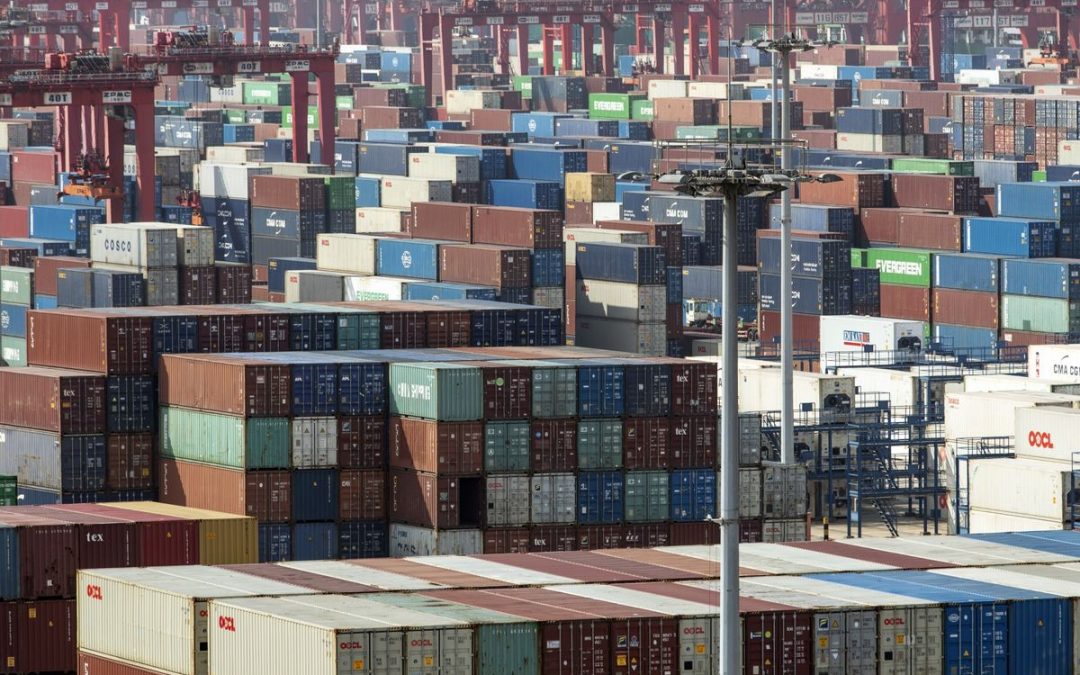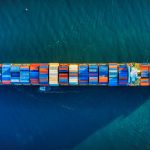Rates for shipping containers from east Asia and China to the US continued to fall this week and are nearing the levels seen at the start of the pandemic, pushed lower by falling demand, China’s ongoing zero-COVID policies and Chinese factory closures for the Golden Week holiday.
According to the Baltic Index from online freight shipping marketplace and platform provider Freightos, rates to the West Coast are 85% lower compared with the same time a year ago, while rates to the East Coast are 66% lower than this time last year.
Judah Levine, head of research at Freightos, said rates were last at current levels in June 2020, which was when prices first started rising during the pandemic.
“This price is just 5% higher than in October 2018, when importers were rushing to beat the roll-out of tariffs on Chinese goods in January 2019,” Levine said.
Levine noted that some industry analysts are predicting that rates could soon fall below the break-even point, meaning carriers could be moving shipping containers at a loss.
“Smaller carriers who operate smaller vessels – many of whom are paying expensive charter rates and were new entrants on the transpacific as spot rates spiked – and currently operate about a third of transpacific capacity may be the most exposed to falling prices making operations unprofitable,” Levine said.
He said larger carriers are likely hoping that the shift in market dynamics will push the smaller carriers and their capacity out of the market, which, along with increased blank sailings could help stabilise rates.
FALLING CONSUMER DEMAND
But falling consumer demand is likely to keep downward pressure on rates.
According to data from the National Retail Foundation, Imports at the nation’s major container ports are expected to fall to their lowest level in nearly two years by the end of 2022 even though retail sales continue to grow.
With massive congestion at the West Coast ports of Los Angeles (LA) and Long Beach (LB) earlier this year, many importers ordered early for the holiday season.
“Many retailers brought in merchandise early this year to beat rising inflation and ongoing supply chain disruption issues,” Jonathan Gold, NRF vice president for supply chain and customs policy, said.
Despite the lower volumes, retailers are still experiencing challenges along the supply chain, including US ports and intermodal rail yards, Gold said.
PORTS
The backup of container ships waiting to unload at the West Coast ports of LA and LB has seen steady in single digits for serval weeks after hitting a high of 109 in January, according to the Marine Exchange of Southern California (MESC).
But the congestion has shifted to the US Gulf and East Coast ports.
According to an operation update from German container shipping major Hapag-Lloyd, the backlogs on the East Coast are still present, although some have eased slightly.
The backup at the port of Savannah remains the largest, and likely made worse after some operations were slowed because of Hurricane Ian.
The backlog at Port Houston has eased a bit, with 18 ships at anchor, which is down from 20 in the previous week.
The ports of New York/New Jersey had 10 container vessels awaiting berths as of 5 October, which is down from 12 in the previous week.
Container ships are relevant to the chemical industry because while most chemicals are liquids and are shipped in tankers, container ships transport polymers such as polyethylene (PE) and polypropylene (PP), which are shipped in pellets.
Source: Hellenic Shipping News






